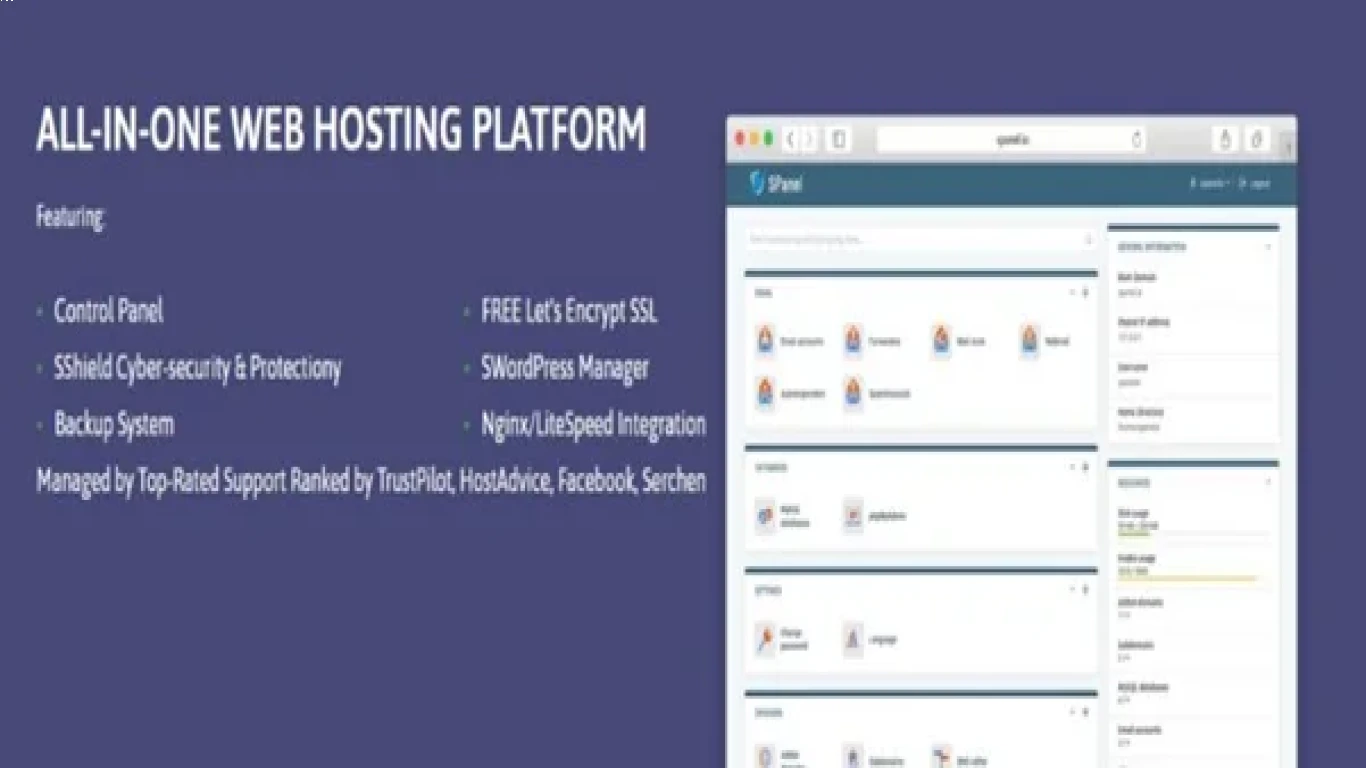VPS Management Best Practices
VPS Management Best Practices
Hey there, tech enthusiasts and aspiring webmasters! If you're diving into the world of web hosting and server management, chances are, you've come across the term VPS or Virtual Private Server. VPS is like that cool middle ground between shared hosting and having your own dedicated server. It gives you the flexibility and control you need without breaking the bank. But wait, just diving in and letting the server sit idle won't cut it! Let's jump into some best practices for managing your VPS effectively. Sounds fun, right? Let’s get started!
1. Understand Your VPS Needs Before You Dive In
Before you rush into the world of VPS, take a minute, hit the pause button, and assess your needs. Understanding what your website or application demands is crucial. Are you setting up a simple blog, running an e-commerce site, or perhaps hosting multiple applications?
- Keyword Insights: Start with identifying the "best VPS hosting" or "VPS for small business" to understand what fits your needs.
- Needs Assessment: Consider the expected traffic, required storage, and specific software dependencies.
- Scalability: Choose a VPS that can easily scale as your business or project grows.
Understanding these aspects will guide you in selecting the right VPS package to avoid overpaying or under-resourcing.
2. Choose the Right VPS Provider
Not all VPS providers are created equal. Some might wow you with impressive specs, while others win with great customer support. Here’s how you pick the best one:
- Research: Check out reviews and ratings. Look for keywords like "best VPS provider 2023" for the latest recommendations.
- Support & Uptime: Ensure that the provider offers 24/7 support and a solid uptime record, ideally 99.9% or above.
- Security Features: Go for providers offering robust security measures like DDOS protection, automatic backups, and firewalls.
Always compare features, price, and service to find your perfect match.
3. Optimize Server Performance
Your VPS needs a good kick of optimization magic. Properly optimizing your server can significantly boost performance:
- Resource Allocation: Regularly monitor your resources using server dashboard tools or top/htop commands in SSH. Ensure your CPU, RAM, and disk usage stay within healthy limits.
- Caching and CDN: Implement caching mechanisms and consider a Content Delivery Network for faster load times.
- Update Regularly: Make it a routine to update your server OS and installed applications. Keywords such as "how to update VPS" can guide you through different procedures.
Optimization doesn't end; it's an ongoing process to keep your site swift and responsive.
4. Ensure Security on Your VPS
Security should be your top priority when managing a VPS. The internet's wild, and your fortress needs solid walls:
- Firewalls and SSH Hardening: Set up a firewall and limit SSH access with strong, regularly rotated passwords or SSH keys.
- Auto-Updates and Patches: Automate your updates, ensuring your server software and applications are always swift with new patches.
- Backup Strategy: Implement daily backups and store them offsite. Keywords like "best VPS backup solutions" can navigate you to current offerings.
Security isn’t set-it-and-forget-it; it’s dynamic, requiring vigilance and updates.
5. Monitor and Analyze Server Logs
It's vital to have a clear view of what's happening on your VPS. Logs are like your server's diary, and they tell all:
- Log Management Tools: Use tools such as Logwatch or GoAccess to see activities and spot anomalies.
- Regular Audits: Conduct regular audits to spot and rectify issues like unauthorized access or resource spikes.
- Performance Analysis: Leverage server analytics to track performance metrics and optimize accordingly.
Understanding the log output helps you preempt many potential issues.
Conclusion: Your VPS Journey Begins Now!
Managing a VPS sounds like a mix of science and art, right? It isn't just about uptime, bandwidth, or RAM. It's about creating a secure, efficient, and adaptable environment for your website or app needs. Remember to regularly check in with your server, analyze what's working or not, and adjust as necessary. Hopefully, these best practices for VPS management have set you on the right path. Stay curious, keep learning, and may your server always run smoothly!
FAQs
- What is the difference between VPS and dedicated hosting?
- VPS shares a server but acts independently, offering better resources than shared hosting but at a lower price than dedicated hosting. Dedicated servers are completely yours, offering full resources but at a higher cost.
- How do I choose the best VPS provider?
- Consider factors like uptime, customer support, scalability options, security features, and pricing. Research, reviews, and comparisons will be your best friends here.
- What security measures should I implement on my VPS?
- Install firewalls, use strong SSH keys, automate updates, and utilize regular backups to thwart potential threats.
- Why is monitoring server logs important?
- Logs provide insight into your server's activity, helping you detect any unusual or unauthorized actions, and improve performance.
- Can I upgrade my VPS as my website grows?
- Yes, VPS plans are typically scalable. You can upgrade resources like CPU, RAM, and storage to meet your website’s growing demands.
#vpsmanagement #bestpractices #servermanagement #vpshosting #cloudmanagement
